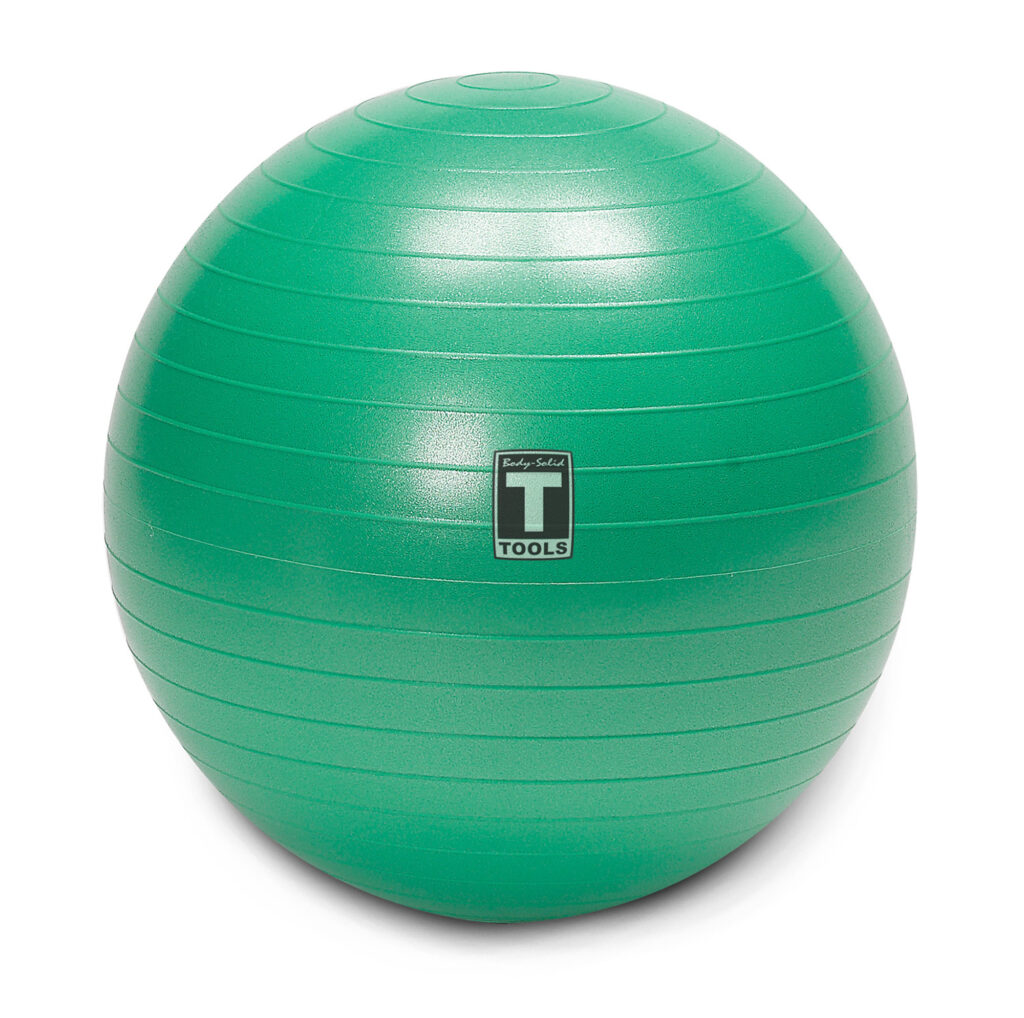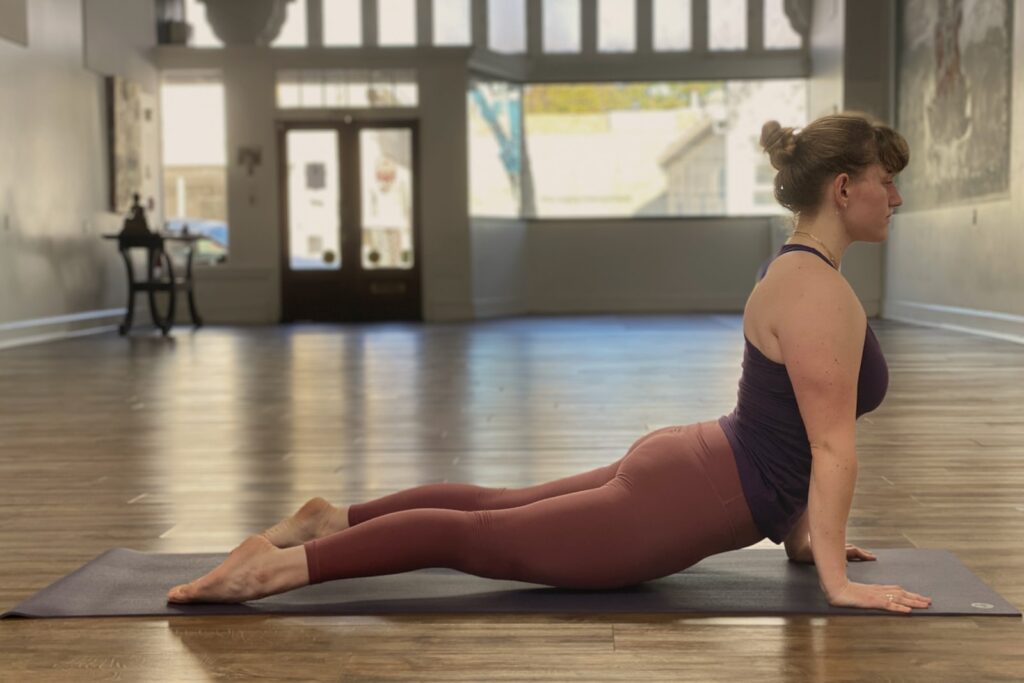You got a baby now what? Learn Everything About Postnatal Yoga and Its Benefits
You just had a baby, when can you start to exercise? When can you start losing the baby weight? Whether you are looking to have a flat tummy after childbirth or you are simply looking to find a new exercise program, it’s important to learn if you are ready for it. This means mentally, emotionally and physically. Learn about postnatal yoga and its benefits for you and your baby.
After giving birth to my first child, I remember how eager I was to start losing baby weight. I truly believed it would be easy, well I was wrong. I know this might be discouraging, I have seen moms lose their baby weight in a short period of time, but everyone is different. Don’t be so hard on yourself!
It’s normal to feel overwhelmed, even when you think you should start exercising. The added responsibility, lack of sleep and stress of a new mom is all too real. It might be even harder if you didn’t really exercise prior to being pregnant. It doesn’t mean you can’t start. From my personal experience, I have never been more in shape after having a child. But how?
What did I believe and why would I recommend postnatal yoga?
I found that your priority changes, also you start to be better at managing your time and focusing on what can make you a better person. Finding the reason why you want to exercise is important. It can be anything, from losing weight, being in better shape, reducing pain etc.
I remember thinking I had to be in better shape for when my daughter grows up, I didn’t want to have low back pain and unhealthy habits stuck for the rest of my life. What is your reason? What do you want to accomplish?
This post contains affiliate links, which means I receive a small commission, at no extra cost to you, if you make a purchase using this link, you may allow me to buy coffee while I write! Please see my disclosure for more details.

What is Postnatal Yoga and its benefits?
Postnatal yoga is a form of yoga that can assist mommies to ensure they can perform safe movements while healing after childbirth. This low-intensity yoga practice is one of the benefits to postnatal yoga and it is designed to provide a safer way for your body to recover while avoiding injuries.
After childbirth, most moms are eager to start moving again. On average, after delivery, you can start doing yoga after around 6 weeks following a vaginal birth and around 8 weeks following a c-section. It’s important to always get clearance from your doctor before starting any exercise. This does not calculate any complications or any medical issues that require follow-up. Always remain safe!
Depending on your prior exercise regimen, you might be able to start a normal yoga practice 12 weeks following childbirth. The word “depending” should be highlighted. It is easy to ask around and get a sense of it, but listening to your own body and finding what works for you is a lot more important.
In terms of yoga practice, the postnatal period is around 6 to 12 weeks after birth. Due to the safer approach of this kind of yoga which includes low-intensity movement, this will allow you to start slowly building movement. Your doctor may recommend different timelines. These timelines may not be the same for other forms of exercise, always use extreme caution.
If you are reading this after the 12 weeks mark, you can refer to my other article if you are simply interested in starting your own yoga journey. Learn how to start with the 24 Crucial Tactics – Best Tips for Yoga, let’s start your own journey.
Why postnatal yoga is important?
After pregnancy and giving birth, your body undergoes high-stress levels and extreme changes. Your organs take time to be back in place and to their normal size. For example, it can take up to 12 weeks for your uterus to return to its original size. Not to mention the separation of your core muscles. I know it’s great.
In addition, during pregnancy, you receive a hormone called relaxin, which is responsible for loosening up your ligaments and skeletal muscles that hold your pelvic bones together.
It is very important to be careful during prenatal and postnatal yoga to not overstretch, because of relaxin. This hormone remains in your body for up to 6 months after delivery and a careful approach during your yoga practice will be mandatory to prevent injuries.
It will feel like a hot yoga class, where you may get a false sense of your ability to stretch, but your muscles are not ready for that and in both cases, you have to be careful.
Postnatal yoga benefits from a low-intensity approach that will prevent you from further injuries and discomfort. Let’s rebuild your body safely, one day at a time.
BSTSB45 Stability Ball – 45cm Green

Durable, anti-burst construction is easy to use and easy to clean.
Four sizes to comfortably accommodate any size user.
Ideal for core strength and stability programs that target toning, stretching, back care, balance and rehabilitation.
Latex Free
Postnatal Yoga and Its Benefits
Without mentioning the benefits of regular practice, there is plenty of ways for you to feel powerful once more. Some of the benefits are:
- Reduce stress and anxiety
- Improve mood
- Tone muscles
- Strengthen the pelvic floor muscles
- Rebuild core strength
- Increase core stability
- Reduce back pain
- Release tension

Tips to be successful in a postnatal yoga class
My Best Advice
- Take it slowly
- Listen to your body
- Don’t overdo it
- Don’t push past your threshold ever, but mostly for the first 6 months after childbirth
It’s normal that you might not feel like doing any exercises after giving birth, if that’s the case, simple relaxation movement can be beneficial to release some pressure. Even meditation can help when you feel overwhelmed. Don’t compare yourself to others. Find what’s best for you.
Your body undergoes extreme physical changes, without even mentioning what happens to your mental and emotional health. If you experience, a lack of sleep, sore breasts, pain and discomfort, or a feeling of being overwhelmed and anxious, just to name a few, it’s normal trust me.
Participating in a postnatal yoga class or a baby and me yoga class can help release some of this added stress and provide you with a sense of community. You are not alone! There is a lot of benefits to join postnatal yoga.
The intention of postnatal yoga should be to support yourself as a new mom and allow your body to heal by slowly rebuilding strength, core muscles, balance and stability both physically, mentally and emotionally.
It’s okay to adjust your practice to how you feel on a daily basis. Some days you might require something more restorative and relaxing, other days when you have the energy you can find something more upbeat. Just listen to your body and your emotions to know what is best for you.
You did an incredible thing, allow yourself time to heal.
What to expect in a postnatal class?
A postnatal yoga class will be a slow flow class, you can expect to hold each position for 1-3 mins. In general, the movement will not require modification like in a prenatal yoga class, but it will be very important to avoid over-stretching and to listen to your body.
You have modified your body to a new level, you have to allow yourself time to adjust to it.
In some postnatal classes, it will be advertised as “Baby and Me Yoga”, which might be the perfect opportunity to introduce exercises for yourself and your baby. This can create the perfect time for bonding, you can find new ways to introduce movement that also includes your little one.
During the yoga class, you want to experience comfort, avoid pain and take things slow. I know it might be hard, you want to be back in shape, but your body might not be there quite yet. The use of props is highly recommended.
Precaution and Safety during postnatal yoga
Always verify with your doctor before performing physical activity.
In case you were diagnosed with Diastasis Recti, which is a separation of the muscle walls that will cause weak abdominal muscles. You will need to avoid any posture that adds pressure and stretches the abdominal muscles such as backbends. Instead, you can focus on side stretches.
Read more about Diastasis Recti.
If you suffer from postpartum depression, please seek help. You don’t have to suffer in silence. Yoga and meditation can be a great way to do something for yourself and find a sense of calm and peace within yourself. As mentioned before, don’t be so hard on yourself.
Frequently Asked Questions
What to remember about postnatal yoga
The most important thing and truly the only one that matters is to do what feels best for you and your little one. It’s easy to compare yourself to other friends and social media accounts, but it doesn’t mean that’s where you are and that’s okay.
Everyone experiences being a mom differently, reducing judgement on yourself will help you in the long run. When you are ready to add mobility and daily movement for yourself, simply look for a postnatal class online or nearby. This will provide you with a sense of community and give you a chance to unwind.
You got this momma!
Don’t forget to follow me on Instagram for ideas and suggestions! If this is all too much, I am happy to listen! Just reach out!






